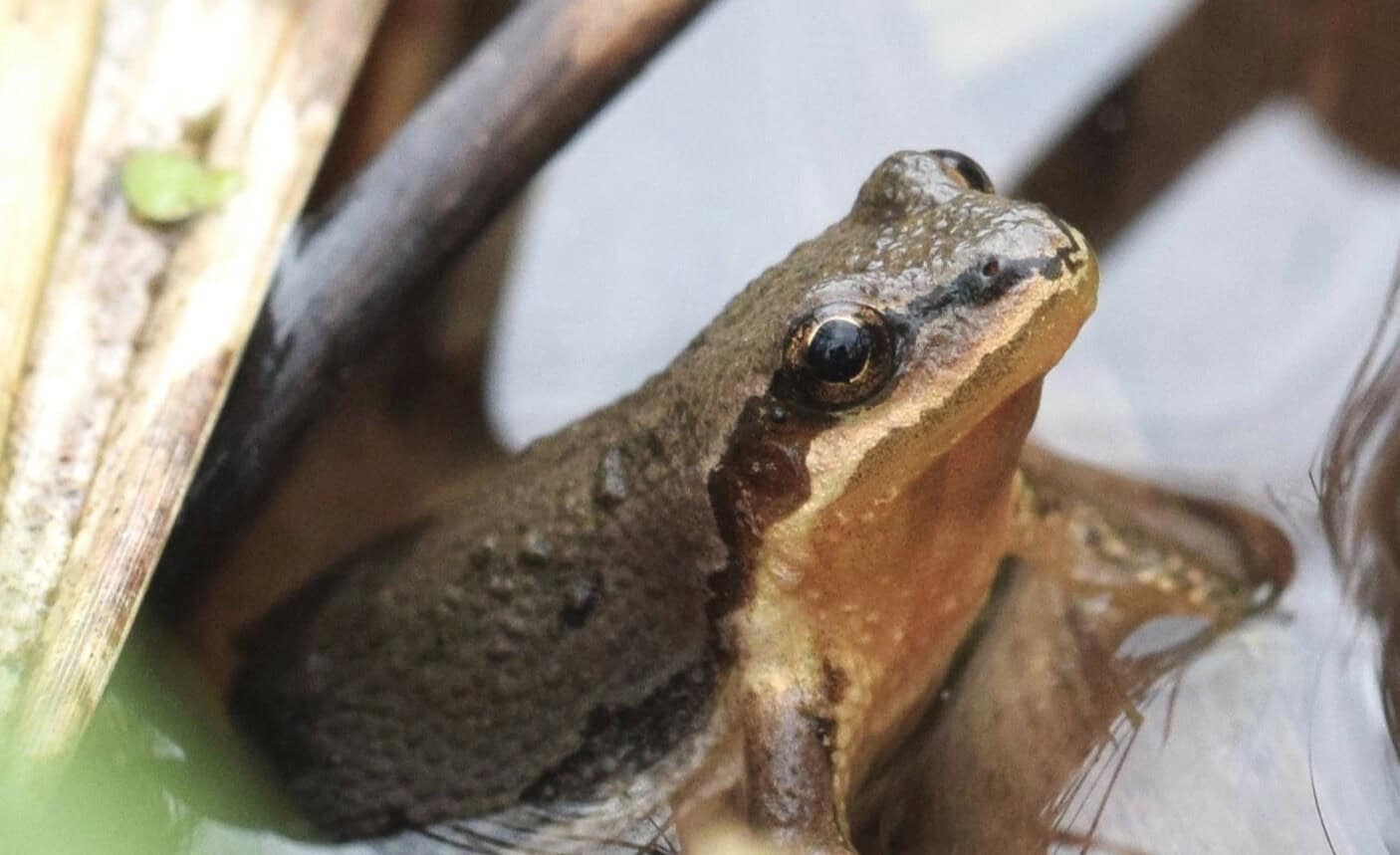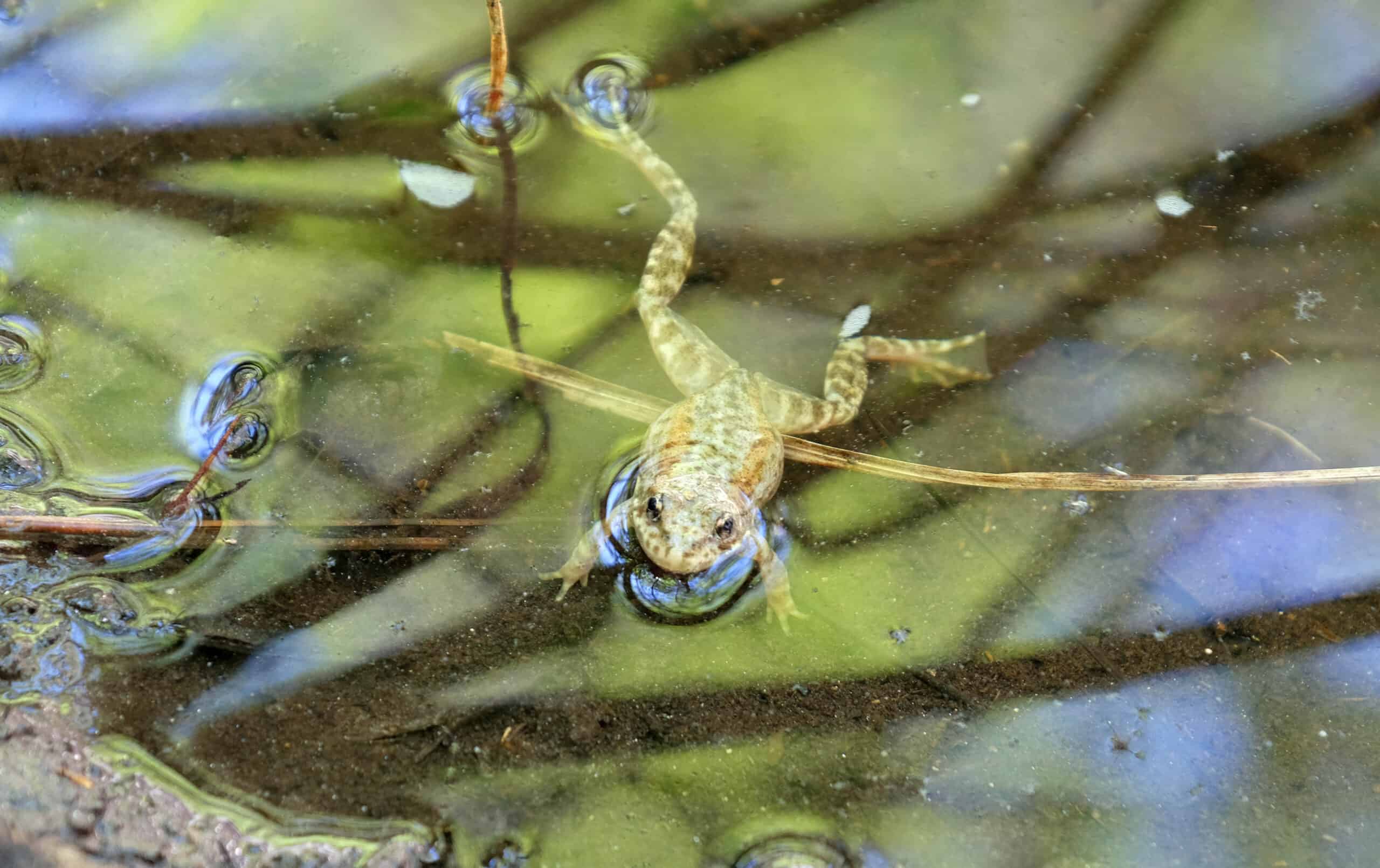Share this article
Wildlife Featured in this article
- Moose
- Mule deer
Parasitic worms are killing western moose
The roundworms are carried by mule deer
The sheer size of a moose can be daunting for predators to take down, but little creatures like ticks can be deadly. In some Western states, researchers have found an even smaller threat that may be reducing moose populations—microscopic, parasitic worms that are “shot-gunning” their brains.
Biologists looking into moose (Alces alces) declines in parts of Idaho found many of the animals had high numbers of adult parasitic roundworms—Eleaophora schneideri—in their carotid arteries, which supply blood to their brains. When they looked further, the scientists found that the blood vessels in the brains of affected moose were riddled with the worms’ microscopic offspring—or microfilariae—leaving lesions that can affect the ungulates’ behavior.
“Moose are dying for a variety of reasons, but this was a relatively consistent finding,” said Kyle Taylor, a pathologist at Washington State University’s Washington Animal Disease Diagnostic Laboratory and an author on the recent study published in the Journal of Wildlife Diseases.
The findings may point to why some moose in the region appear to mysteriously fall over and die with no apparent cause. “The microfilaria are just scattered throughout their brains, and even though the damage from each is miniscule, they’re basically shot-gunning the whole brain,” Taylor said.
The study was part of a three-year project funded by the Idaho Department of Fish and Game to better understand moose mortality. Moose in Idaho—as well in much of North America—appear to be declining, but the causes are numerous.
“Moose find a lot of different ways to die,” said Janet Rachlow, professor of wildlife ecology at the University of Idaho, who led the project.
Moose predation in Idaho appears to be low, but the ungulates have plenty of other threats to contend with, whether cars and trains or winter ticks. The impact of winter ticks on New England moose has gotten a lot of attention—the ticks can devastate calf numbers, and outbreaks appear to be on the rise due to climate change. But winter ticks also affect moose in Idaho, Rachlow said.
The warming caused by climate change likely benefits arterial worms, too, and it may impact the landscapes that moose favor.
“Any one on its own may not be the factor that tips moose over the edge,” Rachlow said, “but the effect of the combination is something to be concerned about.”
The latest study is the first to pinpoint the physical effects of the worms, but it’s not the first to suggest that the parasites may be killing moose. In an October 2023 study in the Journal of Wildlife Diseases, biologists in Montana correlated the presence of arterial worms—especially in high numbers—with the likelihood of moose deaths, but they couldn’t determine why.
“I was very excited to see the study from Idaho dive a lot deeper into those mechanisms of how these worms might be affecting moose,” said Nick DeCesare, research biologist with Montana Fish, Wildlife and Parks and lead author of the 2023 study.
Geography seems to play a role. In the Montana study, moose in the northwestern part of the state were less likely to be infected. In the more recent study, only moose in southeastern Idaho were infected. That makes sense, researchers say. The worm’s natural hosts include mule deer (Odocoileus hemionus), which are little affected by the parasite and are more plentiful in the southern parts of both states than they are in the north. The parasites are spread by horse flies and deer flies, which feed on both moose and deer.
Taylor suspects the brain damage caused by the worms may lead to reduced fitness, which could increase the risk of predation or more directly cause death. His team analyzed necropsy samples from 61 recently deceased Shiras moose (A. a. shirasi)—the smallest moose subspecies in North America—between March 2020 and July 2022. They found the roundworm in 10 of 20 adult moose taken from southeastern Idaho. Nine had both worms in their arteries—where they can measure 4.5 inches long—as well as microfilariae in their brains, and in some cases their eyes, tongues and major organs.
Most affected moose had brain lesions related to the worms, and in some cases, blocked blood vessels similar to those that can cause strokes. Three infected moose had cropped ears associated with infection. Some were seen behaving strangely.
“Not all of the moose in the study were observed prior to death, but we did have a couple moose that had some abnormal behaviors,” said co-author Christine Haake, an anatomic pathology resident at the Washington Animal Disease Diagnostic Laboratory.
Infections can also lead to blindness.
“Wildlife are full of parasites,” Rachlow said, “but being able to connect the dots from those parasites to the cause of mortality of individuals, that’s what’s really interesting about the paper.”
Header Image: A parasitic roundworm appears to be killing moose in parts of Idaho. Credit: Eric VanBeek








